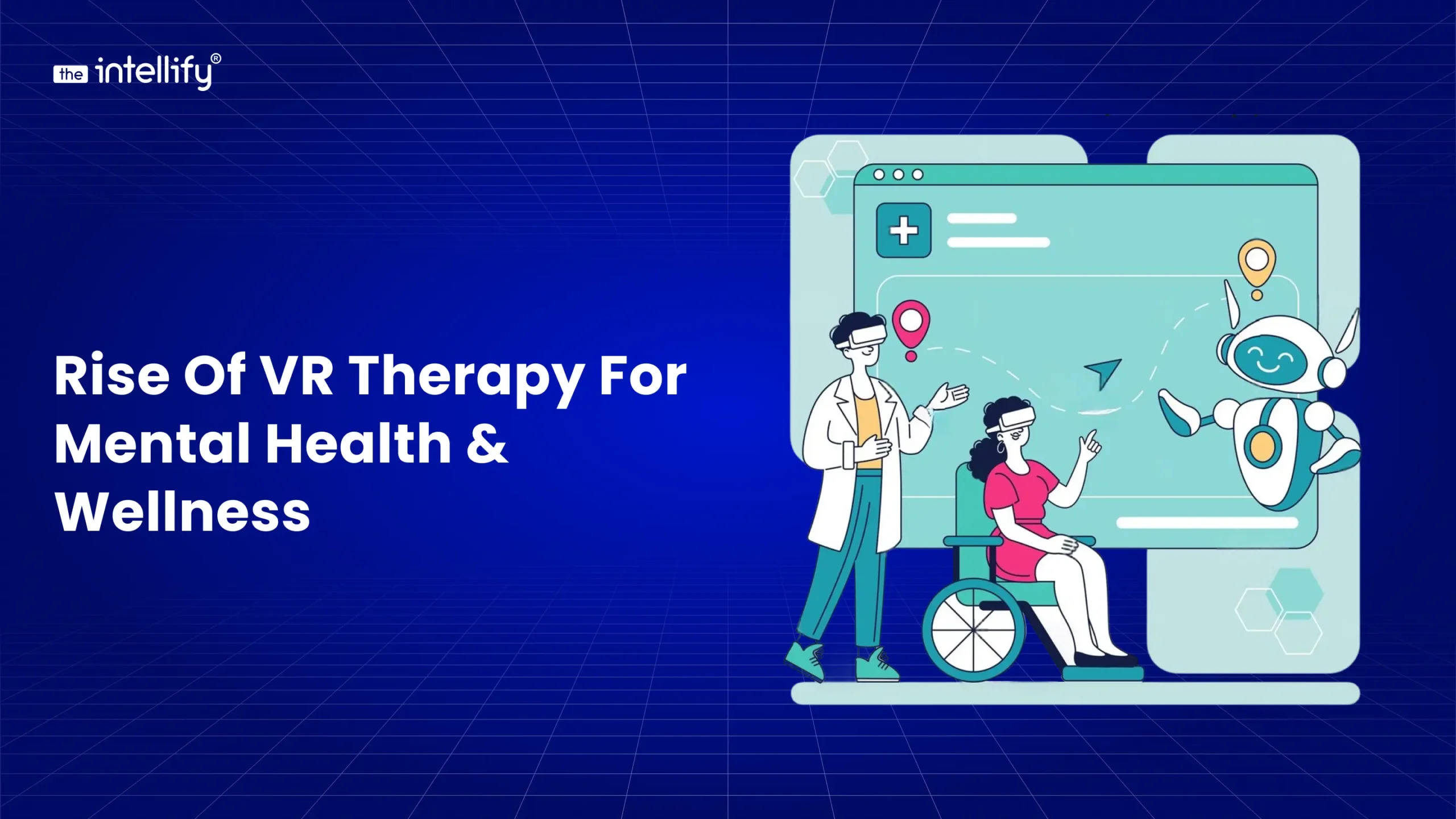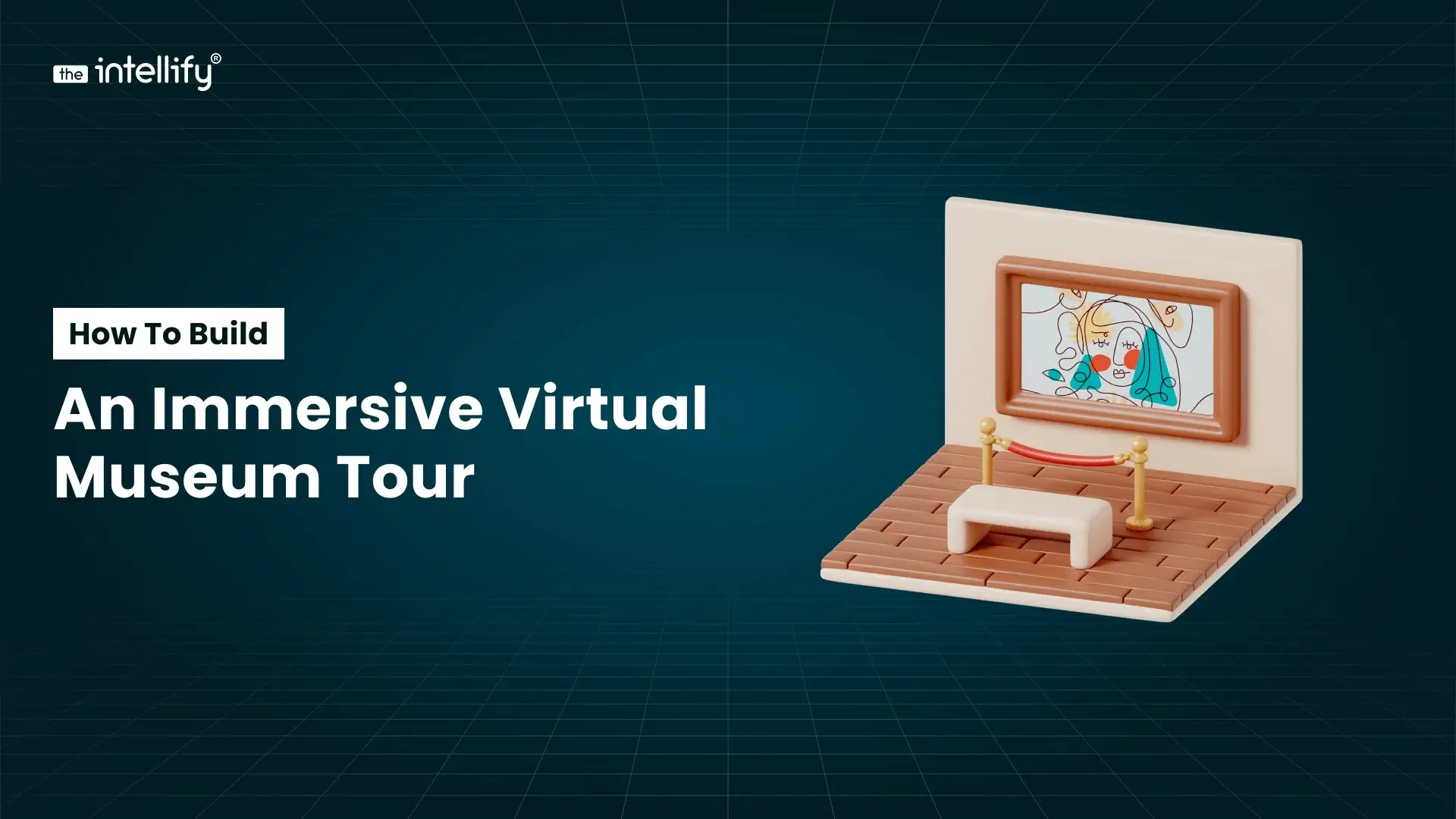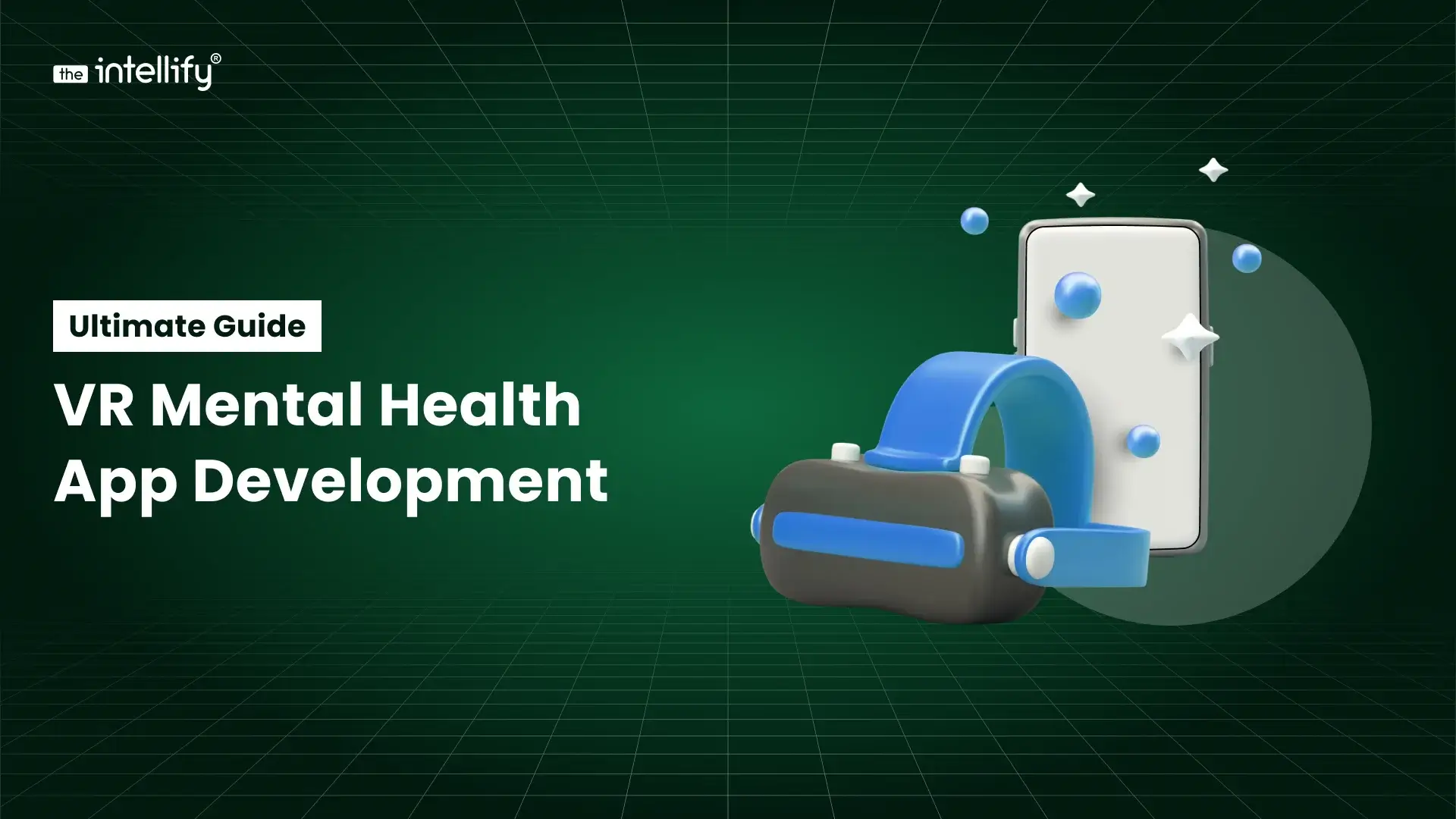
Introduction
Virtual reality (VR) started as a device for game players and technology enthusiasts, but after some time it started to transform areas of our lives, most importantly, healthcare. VR therapy is now widely accepted by healthcare practitioners in the United States as a new way of providing therapy for people who are experiencing mental health issues, from anxiety disorders to general wellness.
What is VR Therapy?
VR therapy (Virtual Reality Therapy) is the use of computer-generated virtual environments representing real or fictitious places. These fantasies are achieved with the use of headsets which completely immerse the user into a different realm with the central aim of solving their psychological problems or helping them learn to cope. This may sound like science fiction, but it is actually happening and it is winning.
Immersive is one of the strongest characteristics of VR therapy. It enables the therapist to place the patient not only in situations that can be seen, but also heard and, in some cases, touched. Unlike traditional therapy which involves discussions and mental imagery, VR offers patients actual, tangible situations to engage with.
Psychology Behind Immersive Healing
Immersive environments allow the user to completely inhabit the scenario presented to them. This immersion triggers emotional and psychological events far more vividly than any form of therapy. CBT (Cognitive Behavioral Therapy) combined with VR is gaining acceptance because it provides an effective method for simulating negative triggers and reframing their recollections.

How VR is Used to Treat Anxiety Disorders
The treatment of anxiety disorders is perhaps the most frequent application of VR therapy. These include social anxiety, panic disorders, phobias, and post-traumatic stress disorder (PTSD). VR devises situations in which patients confront their fears in gradual increments, a practice called exposure therapy.
For example, consider a person who has a fear of flying. Conventional therapy may suggest imagining a scenario where they would have to board an airplane. With VR, however, the individual can actually “experience” a flight while knowing they are safe in the therapist’s office. Receiving this type of attention multiple times helps desensitize and recondition the patient to accept these situations more easily in real life.
VR has also found applications in the treatment of PTSD for veterans. Through controlled virtual reality, veterans can safely revisit emotionally overwhelming captures of their traumatic experiences, enabling them to cope without flooding them with trauma-related feelings.
VR for Depression and Stress Management

VR does not stop at addressing anxiety. It has also contributed to the management of depression and well-being. Specialized VR applications feature an array of guided meditations (e.g., deep breathing exercises or walks in nature framed by calming stimuli), all of which are available as Patient Education materials. Such simulations provide an alternative reality, along with comfort that is, at times, impossible to find within the confines of reality, particularly during stressful days.
Certain programs even offer interactive scenarios that guide learners on how to dispute negative self-talk or cultivate an attitude of gratitude. Such programs may complement therapy or be done individually as part of a wellness routine.
Mental Health & Wellness Apps
An increasing number of mental health and wellness apps now offer VR components. Such apps are purposefully crafted for ease of use, extending the usability of mental healthcare apps to broader age ranges. From teens experiencing school-related stresses to adults grappling with work-induced anxiety, these virtual tools offer a discreet, accessible way to receive aid.
Some widely used applications incorporate VR technology to deliver virtual therapy sessions, track moods, guide users through mindfulness exercises, and develop individualized wellness strategies. The goal is to provide therapy and support users around the world whenever they need it.
Key Players in the VR Therapy Ecosystem
Various established tech firms and startups are venturing into the VR mental healthcare sector. This includes software platform developers, manufacturers of more ergonomic headsets, and even research institutions studying long-term impacts.
The Intellify is a leader in immersive wellness solutions. Empowering both patients and professionals, The Intellify is developing tools that combine evidence-based therapeutic practices with design and evolving technology. Their mission is to enhance the accessibility, personalization, and effectiveness of mental health support.
The Benefits of Immersive Medical Tech
The beauty of the immersive medical system is that it enables a patient to undergo therapy in a virtual setting (VR) that makes it feel real. With VR, patients don’t have to use their imagination to think of a stressful situation; instead, they can experience it in a safe and controlled environment. In this way, patients gain confidence when dealing with actual real-life stressful situations.
Here are some of the most important positive impacts of VR in treating mental health issues.

VR Therapy in Educational and Workplace Settings
Educational institutions and corporations have also begun implementing VR therapy for their wellness programs. In the academic sphere, VR can assist pupils in coping with anxiety, bullying, and other forms of academic-related stress. Additionally, it equips educators with novel methods to comprehend the mental health of their students.
Within business settings, VR programs aimed at relieving stress and preventing burnout are gaining popularity. Employees can utilize VR meditation and stress management modules during breaks, which in turn lowers long-term health concerns and enhances productivity.
Healthcare Innovation in the USA
The adoption of VR therapy in healthcare innovation trends in the USA. As mental healthcare issues are escalated to focus, technology firms, researchers, and healthcare institutions are combining their efforts to design comprehensible and usable devices. Startups specializing in VR applications are receiving increased funding, and advertisements are beginning to examine potential coverage options.
Across the country, universities and research institutions also study the applicability of VR therapy. The findings so far have been encouraging. Research demonstrates VR therapy can significantly enhance treatment outcomes for anxiety, depression, and even chronic pain.
Challenges and the Road Ahead
The area of study with regard to VR therapy is notably nascent and under-researched. This presents potential hurdles to be overcome, such as making the technology more accessible and affordable, as well as ensuring adequate training for therapists to use the technology efficiently. Not every patient may experience the same positive outcomes from utilizing VR, which means it ought to be implemented in conjunction with other mental health strategies.
Also, how effective VR therapy can be in the long term raises questions. It is crucial to delve deeper into the diminishing of traditional methods over time, but based on initial feedback to virtual exposure therapy, patient accounts, and interest outlooks, it is likely that VR therapy will be viable for a long time.
Conclusion
Investment in VR therapy utilizes advanced technology tailored to aid an individual’s personal therapeutic needs, all the while blending healthcare and innovation. It marks a shift towards a more positive use of technology aimed at improving mental health, while catering to those who previously felt trapped without a solution.

Written By, Jalaj Shah
The COO and Co-Founder of The Intellify. Jalaj enjoys experimenting with new strategies. His posts are fantastic for businesses seeking innovative development ideas. Discover practical insights from his engaging content.


AR/VR for Tourism: The Future of Travel and Cultural Experiences
Summary: This blog explores how AR/VR for tourism is shaping the future of travel and cultural experiences worldwide. It explains how augmented and virtual reality help travelers preview destinations, explore cultural sites, and engage with history in immersive ways. The blog covers key use cases, benefits for tourism businesses, app development opportunities, and the growing […]


How to Build an Immersive Virtual Museum Tour in 2026
Summary: This blog explains how to create a virtual museum tour in 2026, covering everything from choosing the right tour format to planning layouts, capturing 360° or 3D visuals, adding interactive elements, and integrating AR/VR. It also highlights the key features that make a virtual museum experience successful, the technology stack you’ll need, estimated development […]


VR Mental Health App Development: Ultimate Guide 2026
Summary: This guide breaks down the essentials of VR mental health app development in a simple, human way. It explains how VR creates safe, immersive spaces for people dealing with anxiety, stress, depression, ADHD, and more. You’ll learn about real use cases, key features, the tech stack, development steps, costs, and what the future of […]


AR/VR for Tourism: The Future of Travel and Cultural Experiences
Summary: This blog explores how AR/VR for tourism is shaping the future of travel and cultural experiences worldwide. It explains how augmented and virtual reality help travelers preview destinations, explore cultural sites, and engage with history in immersive ways. The blog covers key use cases, benefits for tourism businesses, app development opportunities, and the growing […]


How to Build an Immersive Virtual Museum Tour in 2026
Summary: This blog explains how to create a virtual museum tour in 2026, covering everything from choosing the right tour format to planning layouts, capturing 360° or 3D visuals, adding interactive elements, and integrating AR/VR. It also highlights the key features that make a virtual museum experience successful, the technology stack you’ll need, estimated development […]


VR Mental Health App Development: Ultimate Guide 2026
Summary: This guide breaks down the essentials of VR mental health app development in a simple, human way. It explains how VR creates safe, immersive spaces for people dealing with anxiety, stress, depression, ADHD, and more. You’ll learn about real use cases, key features, the tech stack, development steps, costs, and what the future of […]
0
+0
+0
+0
+Committed Delivery Leads To Client Satisfaction
Client Testimonials that keep our expert's spirits highly motivated to deliver extraordinary solutions.



















